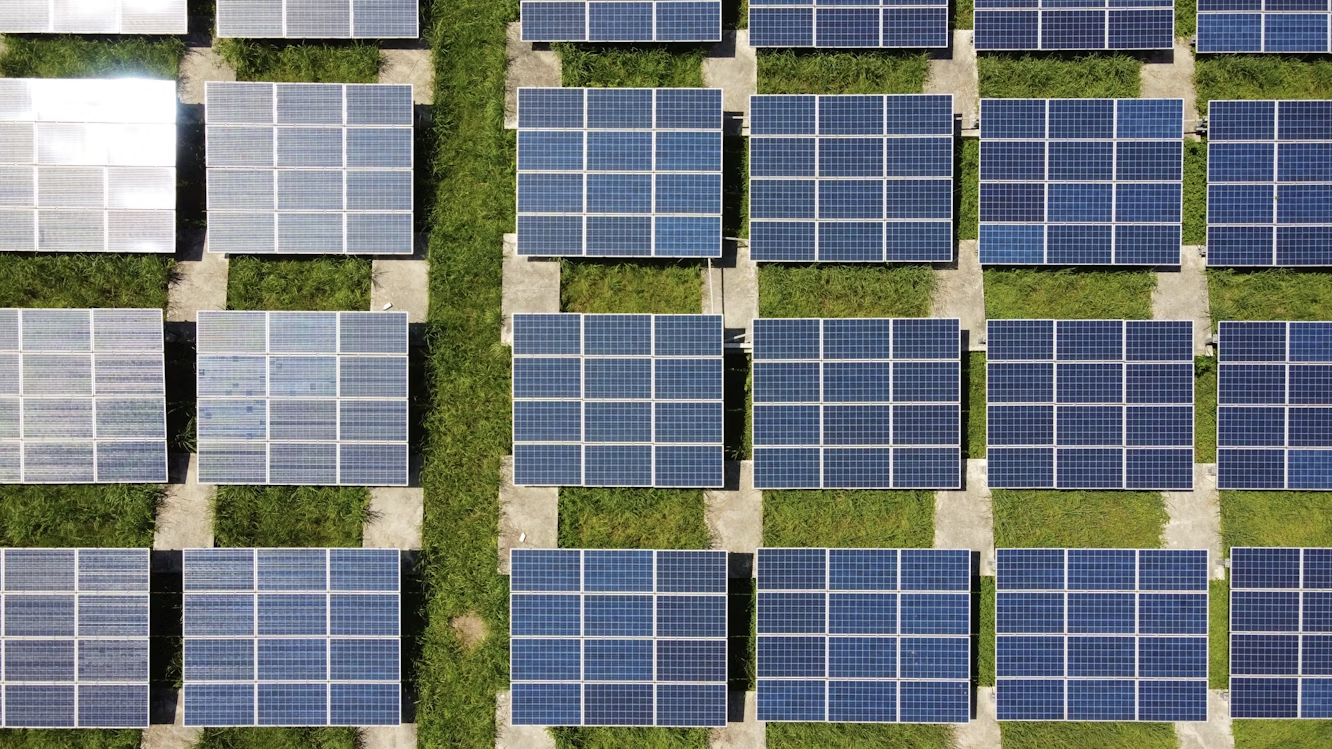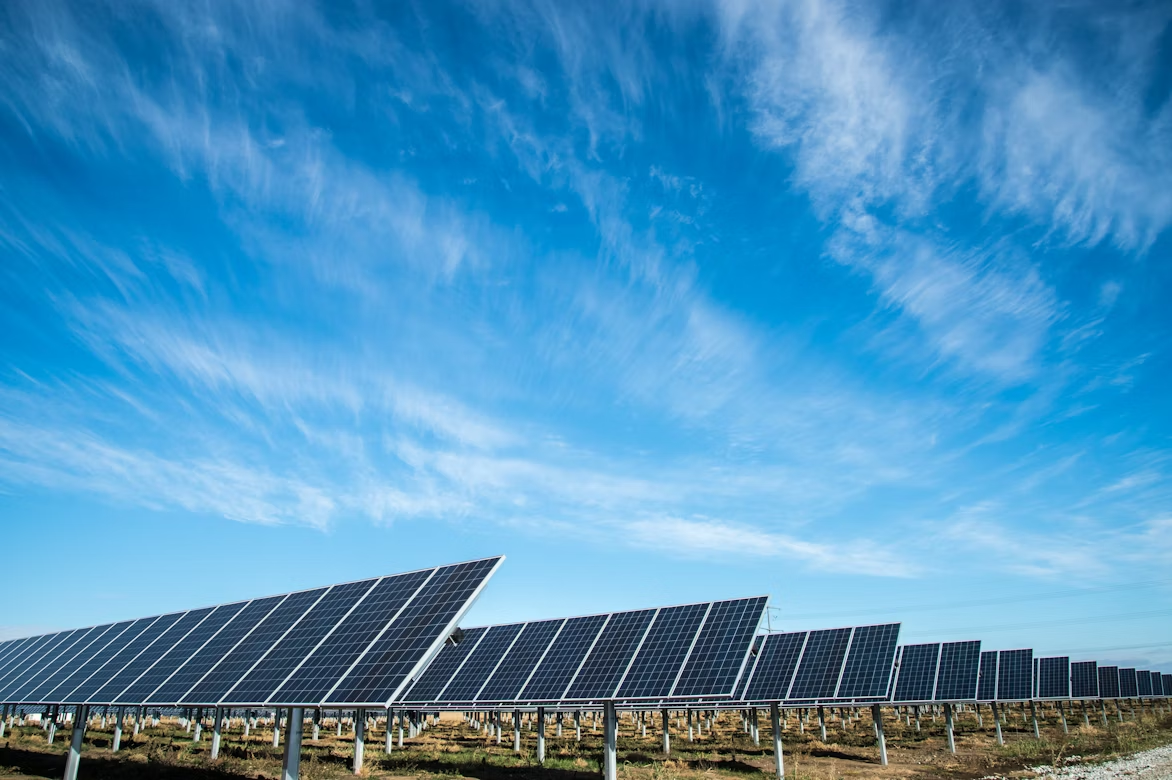Get funded faster with EcoYield, the decentralized platform helping solar farm developers unlock capital through verified, tokenized solar farm financing.
Solar Farm Financing for Project Developers
The Challenge of Traditional Clean Energy Funding
Raising capital for solar infrastructure can be slow, opaque, and heavily restricted. Traditional finance often delays or blocks viable projects due to long approval cycles, strict capital thresholds, and a dependency on fully executed PPAs. Mid-size developments frequently fall into a funding gap: too large for individuals, too small for banks or institutions.
EcoYield Offers a New Model for Project Finance
EcoYield gives project founders and developers direct access to funding for solar farms through blockchain-powered infrastructure. Vetted projects are funded by a global network of climate-aligned investors. Financing is released in stages, tied to verified milestones, removing the need to wait for institutional review panels or delayed grant cycles.
How to Get Funding for Solar Farms with EcoYield
Step 1 – Submit a Vetted Solar Project
Typically, developers start by submitting a clean energy project that meets baseline requirements. This includes site control, an approved or initiated permit process, a feasibility study, and a defined deployment timeline. Early-stage concepts without technical grounding are not eligible.
Step 2 – Community Approval and PPA Validation
Once submitted, your project is reviewed by EcoYield’s community of $EYE token holders. This decentralized network votes on whether the proposal should move forward. Priority is given to projects with solid offtaker interest or signed PPAs from reliable buyers.
Step 3 – Tokenized Vault Funding
Approved projects are structured into a smart contract vault and opened to stablecoin-based contributions. Funding is disbursed in phases, with each tranche tied to milestones such as procurement, installation, or grid connection. Progress is verified through on-chain reporting and trusted partners.
Step 4 – Build, Deliver Power, and Generate Yield
As the solar farm becomes operational, it begins generating revenue through long-term power sales. Energy production and environmental impact are tracked on-chain in real time. Investors receive stablecoin yield tied to actual energy output, and founders benefit from transparent cash flow.
Benefits of Listing Your Solar Project for Green Investment
Faster Access to Capital
Once your project is approved, capital can move rapidly. There are no prolonged funding rounds, no waiting for quarterly meetings, and no bureaucracy. If the project is shovel-ready, funding can follow quickly.
Transparent, Milestone-Based Disbursement
Funds are unlocked only when measurable progress is achieved. This reduces financial risk and ensures investor trust. As a developer, you retain control over your build timeline while aligning funding with execution.
Global Investor Access
EcoYield connects your solar farm to climate-conscious backers from around the world. These investors care about real energy output and carbon offset, not short-term token trading or speculative profit.
Verifiable Environmental Impact
Every kilowatt-hour produced and kilogram of CO₂ displaced is verified and reported using Chainlink and WattCarbon integrations. Founders benefit from real-time impact tracking that strengthens project credibility and long-term marketability.
Infrastructure-First Model
EcoYield only funds real solar infrastructure. No offsets, no credits, no synthetic packaging. The focus is on physical assets with measurable energy output, revenue potential, and environmental value. Founders retain control while accessing aligned, long-term capital.
Is Your Solar Project Ready for EcoYield?
To assess whether your solar project is eligible for EcoYield funding, start by checking a few core criteria. Your project should already have a completed feasibility study and secured or leased land. Planning permits should be initiated or approved, and you should have a clear timeline in place for development.
In addition, your project should fall within the 100kW to 10MW capacity range and have demonstrated offtaker interest or a signed power purchase agreement. If you meet these conditions, your project is likely a strong fit for EcoYield’s tokenized financing model.
Apply for Solar Farm Financing Today
EcoYield is actively seeking high-quality, founder-led solar projects that are ready to build and deliver long-term impact. Our model offers a faster, more flexible approach to solar farm financing, connecting you directly with eco-focused investors. If your development meets the core criteria, EcoYield can help you access funding for solar farms through a transparent, milestone-based system.
Submit Your Project and Start the Review Process
EcoYield provides solar farm financing through a transparent, milestone-based model that connects your project to a global pool of eco-focused investors. If your solar project is technically sound and ready to build, we are ready to help you fund it.
Submit Your Project
Talk to Our Team


